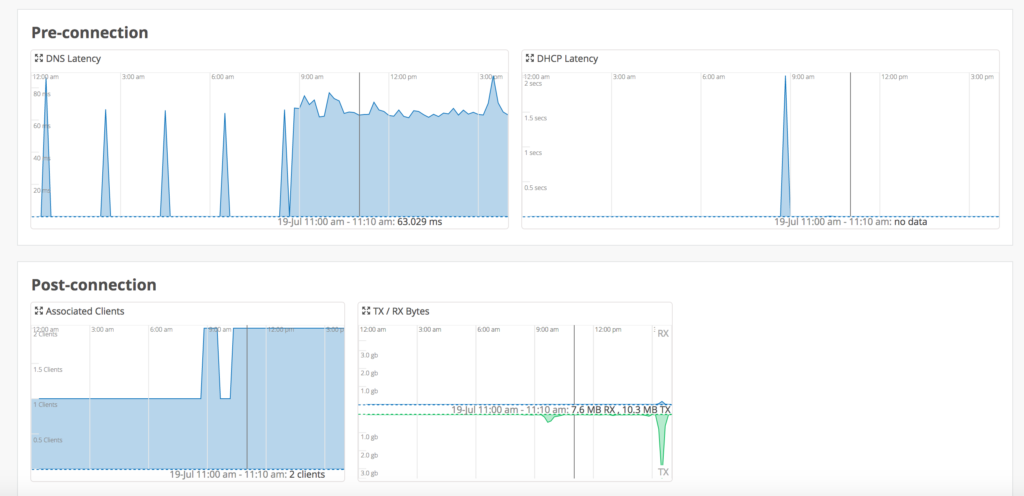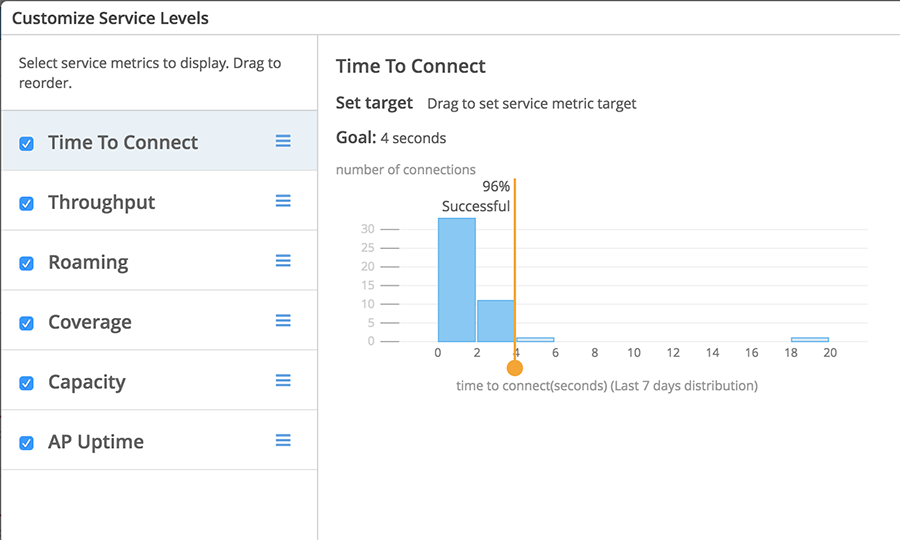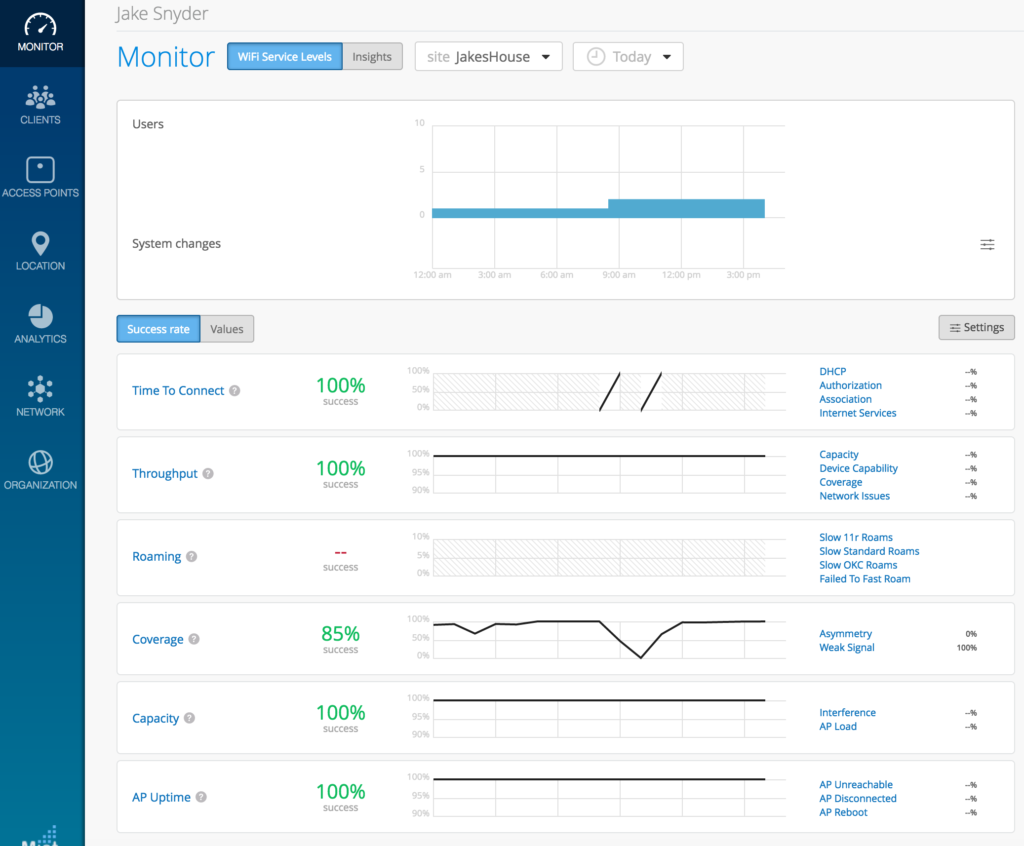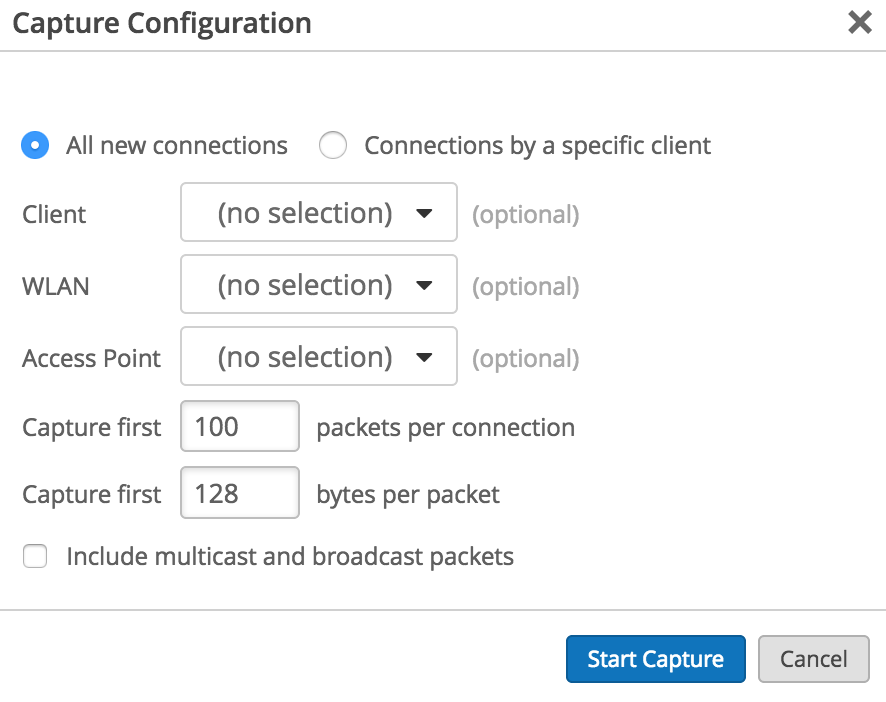Guest post by Jake Snyder. Originally posted at Transmit Failure.
So I really didn’t want to like Mist Systems. I haven’t really gelled with any of the pure-cloud networking vendors and kind of expected this to be a “me too” play. So when Mist told the #MFD2 delegates they were going to send us an AP41 for us to play around with, I didn’t feel exceptionally excited.
That feeling lasted right up until I started using it. Setup was quick, the AP was up and running quickly and a couple cheesy SSIDs later it was working. I’ve been very impressed with the overall performance and experience using the Mist AP41.
The Cloud Management:
At first I thought their cloud management was a reasonable knockoff of the Meraki cloud. But the more I use it, the more the differences stand out. Onboarding to the dashboard with a QR code or Serial number was cool. The HTML5 dashboard is very responsive. I am in love with the correlated graphs, where you can mouse over one graph and it moves the line to correspond to the others on screen. Overall, it feels easy and natural but not dumbed down, and is organized in a way that feels natural for most network and wireless engineers.

The Hardware:
The AP feels good, heavy in your hand so you know it’s not a cheap product. I was disappointed that it’s vented, but not every AP needs to be in healthcare and wiped down regularly. It doesn’t come with mounting hardware, so make sure you order that (Mist did offer to send us some, but my 3D printer was just sitting there).
The vBLE:
I didn’t have time to build an app leveraging their SDK for the vBLE solution. I really wish I would have had the time, because vBLE is how I was introduced to Mist Networks, and I wanted to kick the tires. The setup seems reasonably easy, the BLE settings seem intuitive, but alas, pre-MFD2 it just wasn’t in the cards. But it turns out they have a demo app on the Apple App Store. Expect more on this in a future post.
SLA Based wireless:
There are others who do this, but this is by far the best implementation of SLA based wireless I’ve seen to date. It’s not about uptime (although that is there), it’s about how users experience the network. How long does it take to connect? Get an IP? Resolve DNS? Those are things that directly relate to how the users experience the network. You can set your own, or run with the defaults.

In my house, with just a single AP41, I didn’t quite have enough coverage to cover both ends of the house. My iMac in the office was at the other end of the house. While it connected, it flagged for being out of SLA due to coverage. I really wish I had another AP41, because the roaming aspect looks really cool. Failed 11r roams, Slow roams, slow OKC roams. As a wireless engineer, this is what I’m trying to get to the bottom of, so I can resolve these things.

Packet Capture:
One of the other things that I thought was really cool was their marketing around automatic packet captures when issues arise. Sadly, the AP41 worked flawlessly for me. I even ran beta for most of the time to see if there were any issues. Nothing. But regular packet captures were good. I particularly like the fact that they use Radiotap in their captures, which means it integrates well into the packet capture and analysis tools I prefer (Omnipeek).

Overall impression:
As a wireless guy, I’m super critical of wireless vendors, APs and performance. And as a new player in the wireless space, I was prepared to give Mist a lot of slack on the wireless front. They didn’t need it. The AP41 exceeded my expectations. I had no issues, the connection was stable and performance met my needs and them some. I actually kind of wish there were some issues, because I wanted to see how the AI part of Mist worked. Maybe I’m seeing it in terms of the lack of issues.
The dashboard is easy to use, provides a good amount of actionable information and is overall a good experience to use. If you are thinking about distributed sites, want cloud management and are ok with an OpEx model, you would be remiss if you didn’t consider Mist Systems.
Next Steps:
For me, Mist has built a great platform for wireless, now it’s time for me to do something with that platform. The first look at their API is promising. I want to explore that to see if how I can automate the deployment of Mist APs.
Disclosure:
Two months before #MFD2, Mist Systems provided me with an AP41 and dashboard access. The comments here are my opinions of the product provided to me. This post was written prior to the #MFD2 event.

